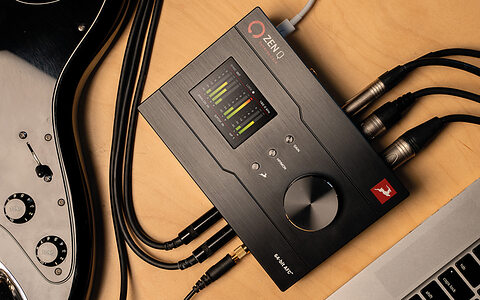Termination has two meanings in the context of audio. One application is simply the type of connector applied to a cable or wire, so a cable might be terminated in a 3-pin XLR plug, for example.
The second application refers to the electrical characteristics of some specific types of audio interface where the cable acts as a 'Transmission line'. This typically occurs where the cable is long relative to the wavelength of the signal it is carrying, so it most commonly applies to digital audio, video signals, and radio-frequency connections — although it can also apply to analogue audio cables when more than a few kilometres long.
When a cable operates as a transmission line it is said to have a 'characteristic impedance' — essentially the impedance presented at its input if the cable was infinitely long. To transfer a signal along the cable efficiently, it is vital that a end of a transmission line is terminated with the same impedance as its characteristic impedance. If it is left unterminated, the end of the cable behaces like a mirror, and signal energy is reflected back along the cable where upon it will interfere with the source signal.
S/PDIF and Video cables normally require a 75 Ohm termination. RF cables usually require either 50 or 75 Ohms, depending on their construction. AES3 requires a 110 Ohm termination and RJ45-style Ethernet cables require 100 Ohms.

















